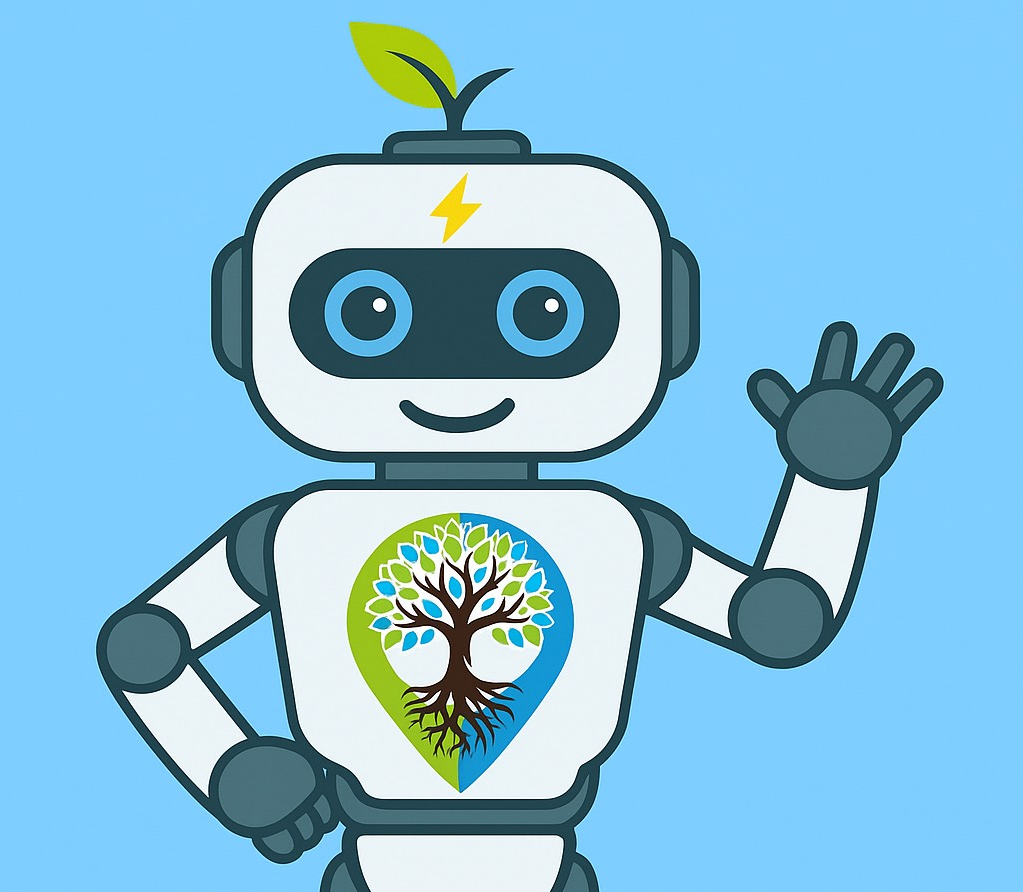In recent years, child psychologists have raised concerns about the emergence and diagnosis of new mood disorders in children and adolescents. With the evolution of societal norms, digital media consumption, and various environmental stressors, mental health professionals are observing shifts in the psychological landscape of the youth. This article explores the concerns child psychologists have regarding new mood disorders, the impact of modern lifestyle factors, and the importance of early intervention and support, backed by scientific research.
Emergence of New Mood Disorders
Traditionally, mood disorders in children have been categorised predominantly as depression or bipolar disorder. However, the landscape is changing. The Diagnostic and Statistical Manual of Mental Disorders, Fifth Edition (DSM-5), has introduced conditions such as Disruptive Mood Dysregulation Disorder (DMDD) to address severe temper outbursts and chronic irritability in children, differentiating it from pediatric bipolar disorder. This move reflects an effort to better categorise and treat complex mood disorders in the youth (American Psychiatric Association, 2013).
Concerns Raised by Child Psychologists
- Increased Prevalence: There’s growing concern over the increasing rates of mood disorders among children and adolescents. Merikangas et al. (2010) in the Journal of the American Academy of Child & Adolescent Psychiatry highlighted a significant rise in the prevalence of mood disorders, pointing towards an urgent need for understanding these shifts.
- Impact of Digital Media: The surge in digital media consumption has been linked to sleep disruption, increased sedentary behavior, and heightened risk of depression among young people (Twenge and Campbell, 2018, Journal of Abnormal Psychology). Child psychologists are concerned about the pervasive impact of screen time on children’s mental health.
- Environmental Stressors: Modern environmental stressors, including academic pressure, social isolation, and family dynamics, are contributing to the emergence of new mood disorders. Child psychologists emphasise the role of these stressors in exacerbating mental health issues among children (Loades et al., 2020, Journal of the American Academy of Child & Adolescent Psychiatry).
- Diagnosis and Treatment Challenges: The complexity of new mood disorders poses challenges in accurate diagnosis and effective treatment. There’s a concern about the potential for misdiagnosis and the need for tailored treatment approaches that consider the child’s developmental stage and environmental context (Copeland et al., 2013, Archives of General Psychiatry).
Importance of Early Intervention and Support
Early identification and intervention are crucial in managing mood disorders in children and adolescents. Interventions that include family therapy, cognitive-behavioral therapy (CBT), and, when necessary, pharmacological treatment have been shown to be effective. Moreover, promoting resilience through supportive relationships, coping skills, and healthy lifestyle habits can mitigate the impact of mood disorders (Masten et al., 2009, Annual Review of Clinical Psychology).
Conclusion
The concerns raised by child psychologists regarding new mood disorders among children underscore the importance of adapting our understanding and approaches to mental health care. By acknowledging the influence of modern lifestyle factors and environmental stressors, and prioritising early intervention and comprehensive support, we can better support the mental well-being of children and adolescents in this changing world.
Take this quick self assessment
References
- American Psychiatric Association. (2013). Diagnostic and Statistical Manual of Mental Disorders (5th ed.).
- Merikangas, K.R., He, J., Burstein, M., Swanson, S.A., Avenevoli, S., Cui, L., Benjet, C., Georgiades, K., & Swendsen, J. (2010). Lifetime prevalence of mental disorders in U.S. adolescents: Results from the National Comorbidity Study-Adolescent Supplement (NCS-A). Journal of the American Academy of Child & Adolescent Psychiatry.
- Twenge, J.M., & Campbell, W.K. (2018). Associations between screen time and lower psychological well-being among children and adolescents: Evidence from a population-based study. Journal of Abnormal Psychology.
- Loades, M.E., Chatburn, E., Higson-Sweeney, N., Reynolds, S., Shafran, R., Brigden, A., Linney, C., McManus, M.N., Borwick, C., & Crawley, E. (2020). Rapid systematic review: The impact of social isolation and loneliness on the mental health of children and adolescents in the context of COVID-19. Journal of the American Academy of Child & Adolescent Psychiatry.
- Copeland, W.E., Shanahan, L., Costello, E.J., & Angold, A. (2013). Childhood and adolescent psychiatric disorders as predictors of young adult disorders. Archives of General Psychiatry.
- Masten, A.S., Herbers, J.E., Cutuli, J.J., & Lafavor, T.L. (2009). Promoting competence and resilience in the school context. Professional School Counseling.
How to get in touch
If you or your patient/NDIS clients need immediate mental healthcare assistance, feel free to get in contact with us on 1800 NEAR ME – admin@therapynearme.com.au.







